Find Answers To Your
Straw Bale Construction Questions
FREE Searchable DatabaseExplore by Category
- Construction Details 39
- Natural Plastering 16
- Workshops 11
- Tips and Trade Secrets 10
- Strawbale FAQs 9
- Tools and Materials 8
- Design and Engineering 6
- Framing 6
- Contracting and Consulting 5
- Foundations 5
- Inspiration and Community 5
- Moisture Management 5
- Financing and Insurance 4
- Homesteading 4
- Repair and Maintenance 4
- Codes and Building Officials 3
- Costs 3
- Landscaping and Yard Art 3
- Load Bearing Construction 3
- Flooring 2
- Performance and Testing 2
- Product and Book Reviews 2
- DIY & Owner Builder 1
- Electrical 1
- Finish Work 1
- Fire 1
- How To Straw Bale Construction 1
- Timber Frame 1
- Utilities 1
- Videos 1
Looking for Straw bale homes for Sale? View Here.

Strawbale Construction - Avoiding Air Leaks with Plaster Stops
Learn how to prevent air gaps at interior wall junctions, or posts, connected to your strawbale walls in this Straw Bale Minute video.
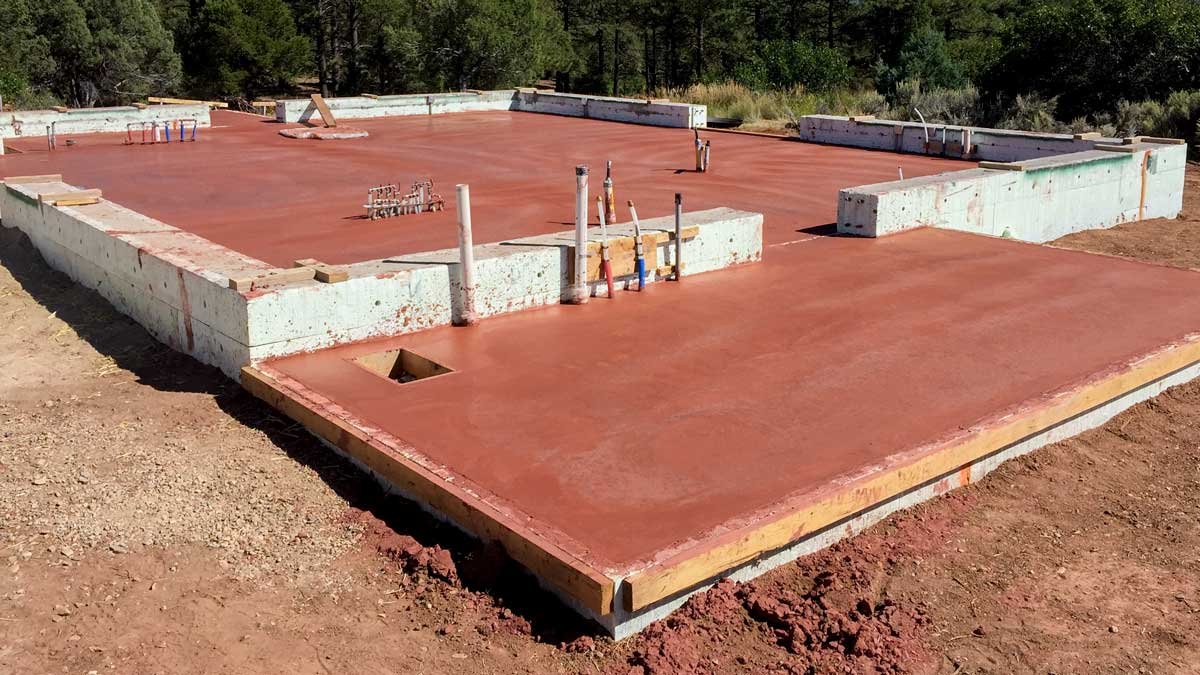
Why Your Foundation is THE Most Important Part of Your Strawbale House
It may seem like a simple part of the overall construction process, but your foundation is the most crucial part of your entire project. Any mistakes you make in your straw bale house foundation will only get worse as you build up. Learn how to avoid…
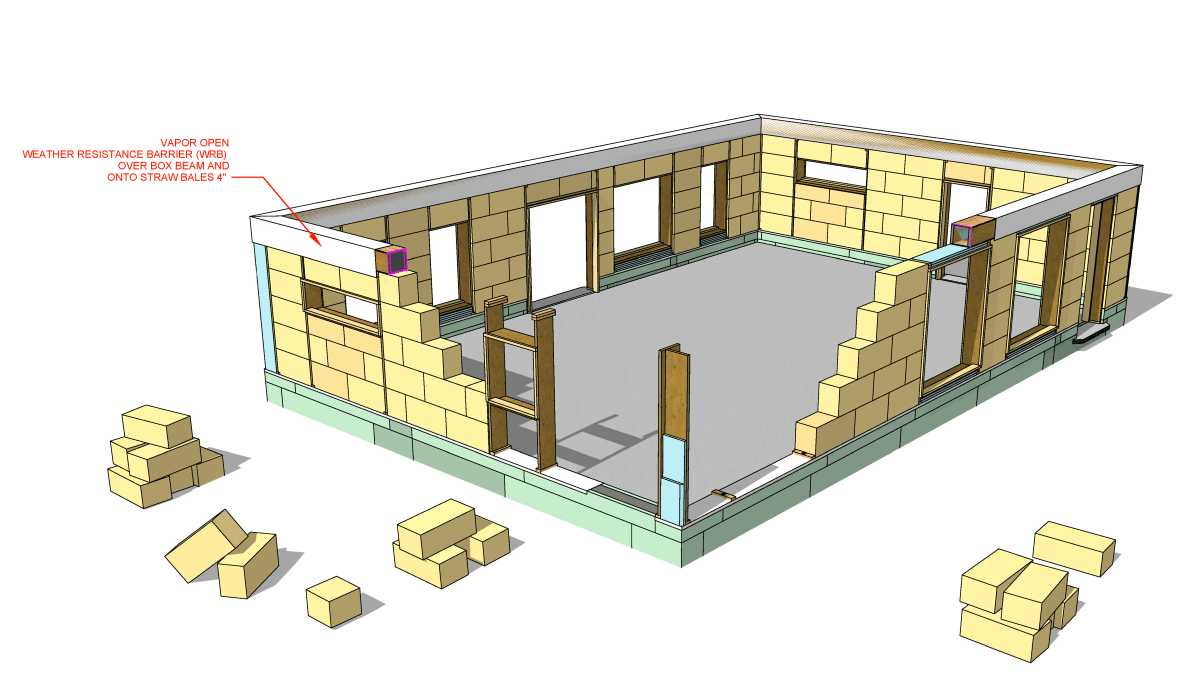
Strawbale Wall Systems - Your Wall, Your Way
Post and Beam. Infill. Hybrid. Load Bearing. When choosing a strawbale wall system for your build, it can be easy to get confused with the names that are often tossed somewhat loosely about. Selecting a wall system is an early-stage design decision…
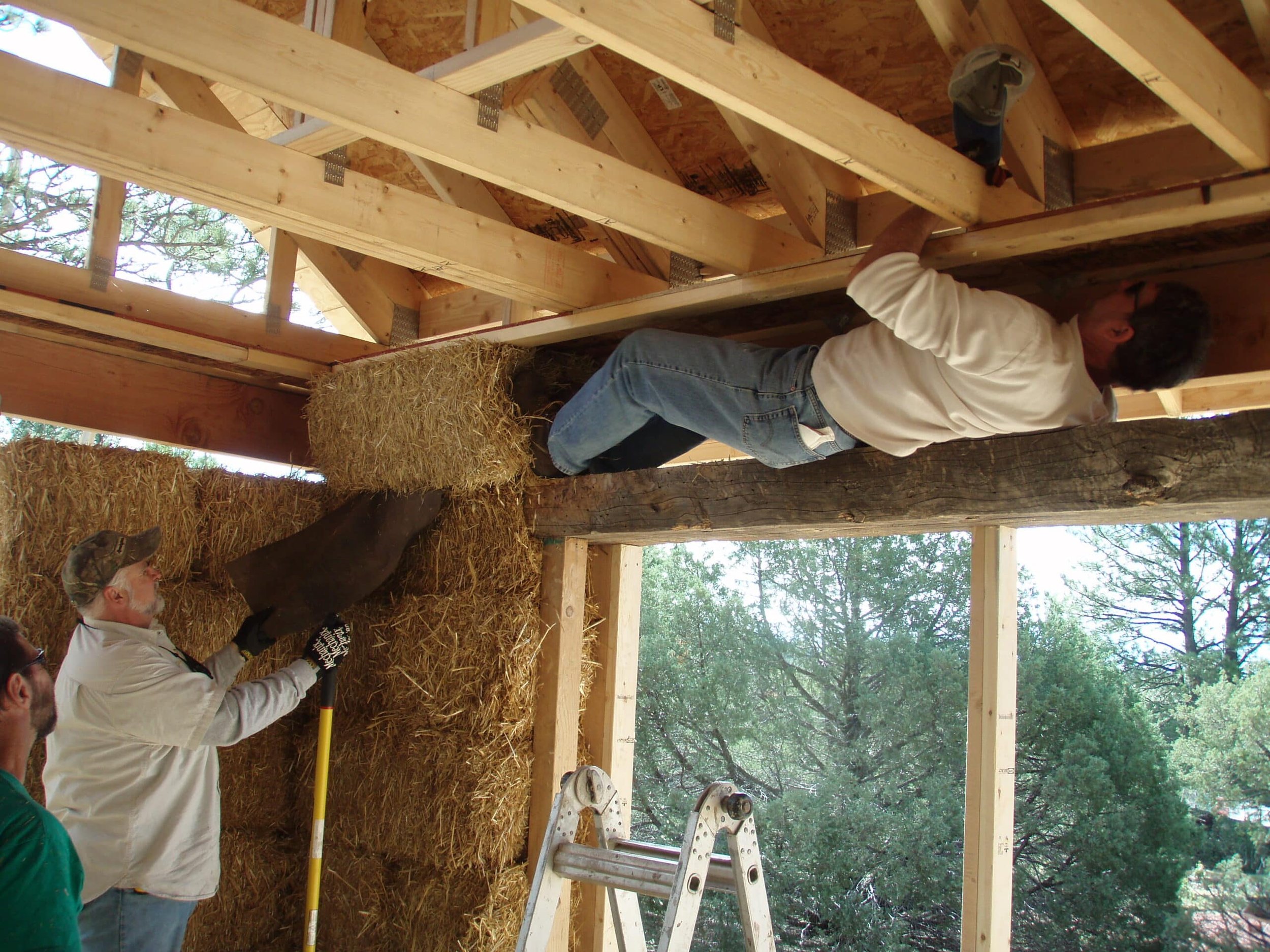
Bale Stops Strengthen and Simplify Your Build
Bale stops are a simple framing solution in a straw bale house. They both strengthen the walls and simplify the construction process. Learn more...
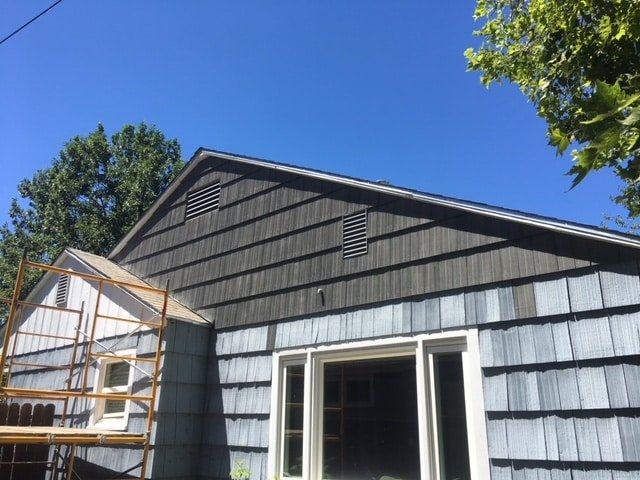
Adding Shingles to Gable Walls on Straw Houses
Adding shingles to gable walls may not seem like a straw bale specific topic at first glance. That doesn’t mean it’s not an important skill for you to learn for several reasons. Lot of straw bale houses use shingles on the gable end walls.
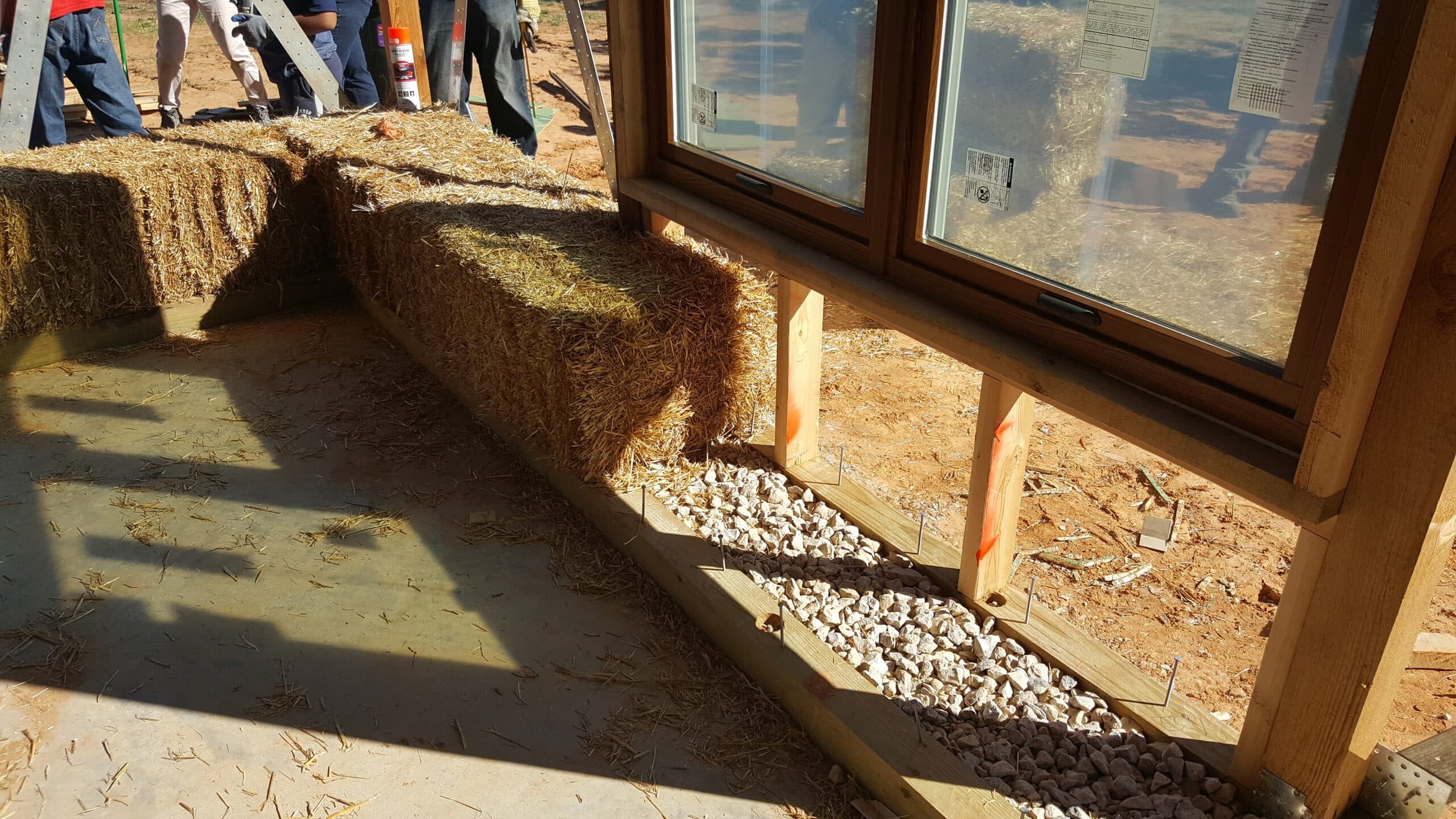
Gravel in your toe ups. Is that enough?
Is it enough to have just gravel in your toe ups or do you need something more? Read more
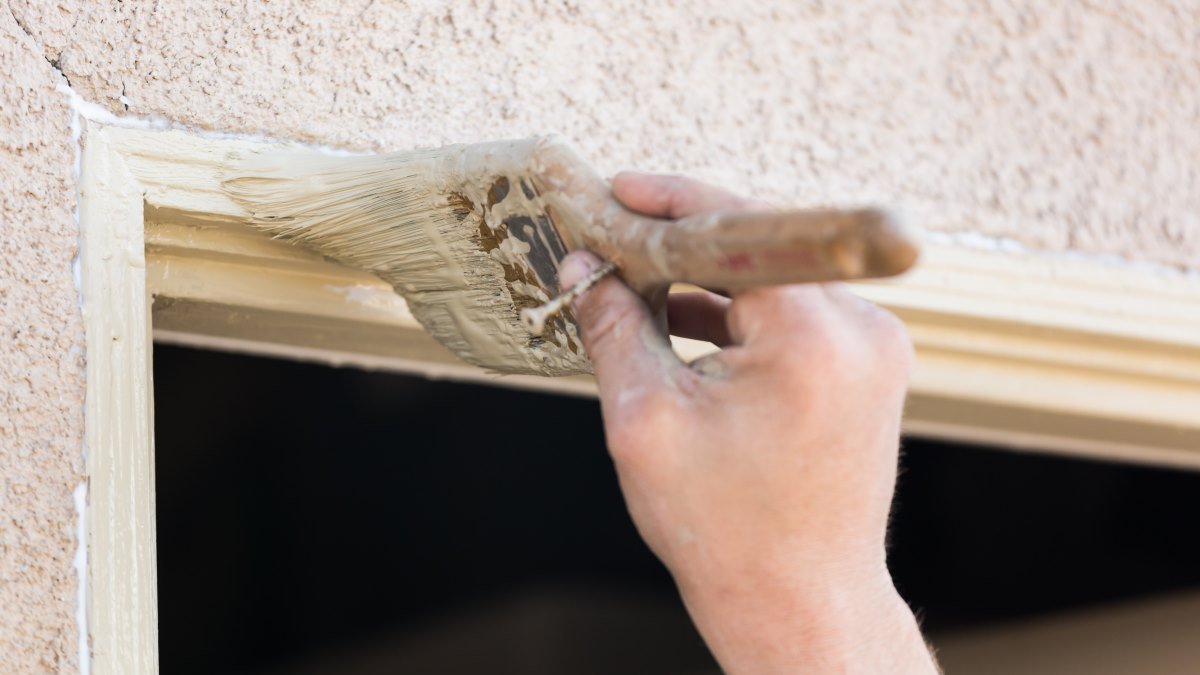
Plaster Tip: Applying American Clay Over Natural Hydraulic Lime
In this article we review using American Clay plaster over a Natural Hydraulic Lime plaster, making sure that cure times are accounted for.
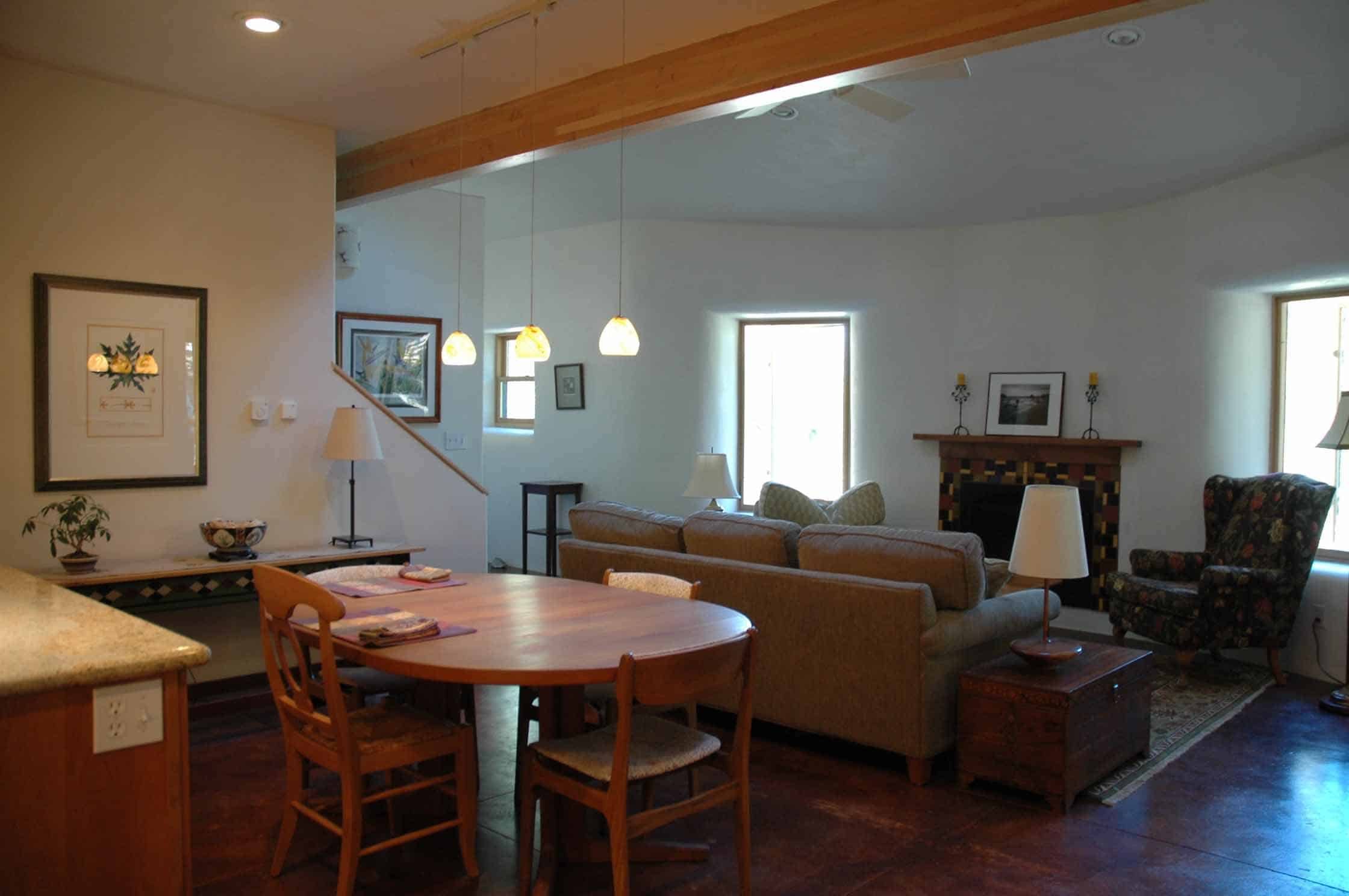
Acid Staining Floors While Protecting Plaster Walls
When acid staining concrete floors, it is important to properly mask off walls and doors so that none of the stain gets onto places where you don't want it. One of the hardest surfaces to protect is unsealed plaster.
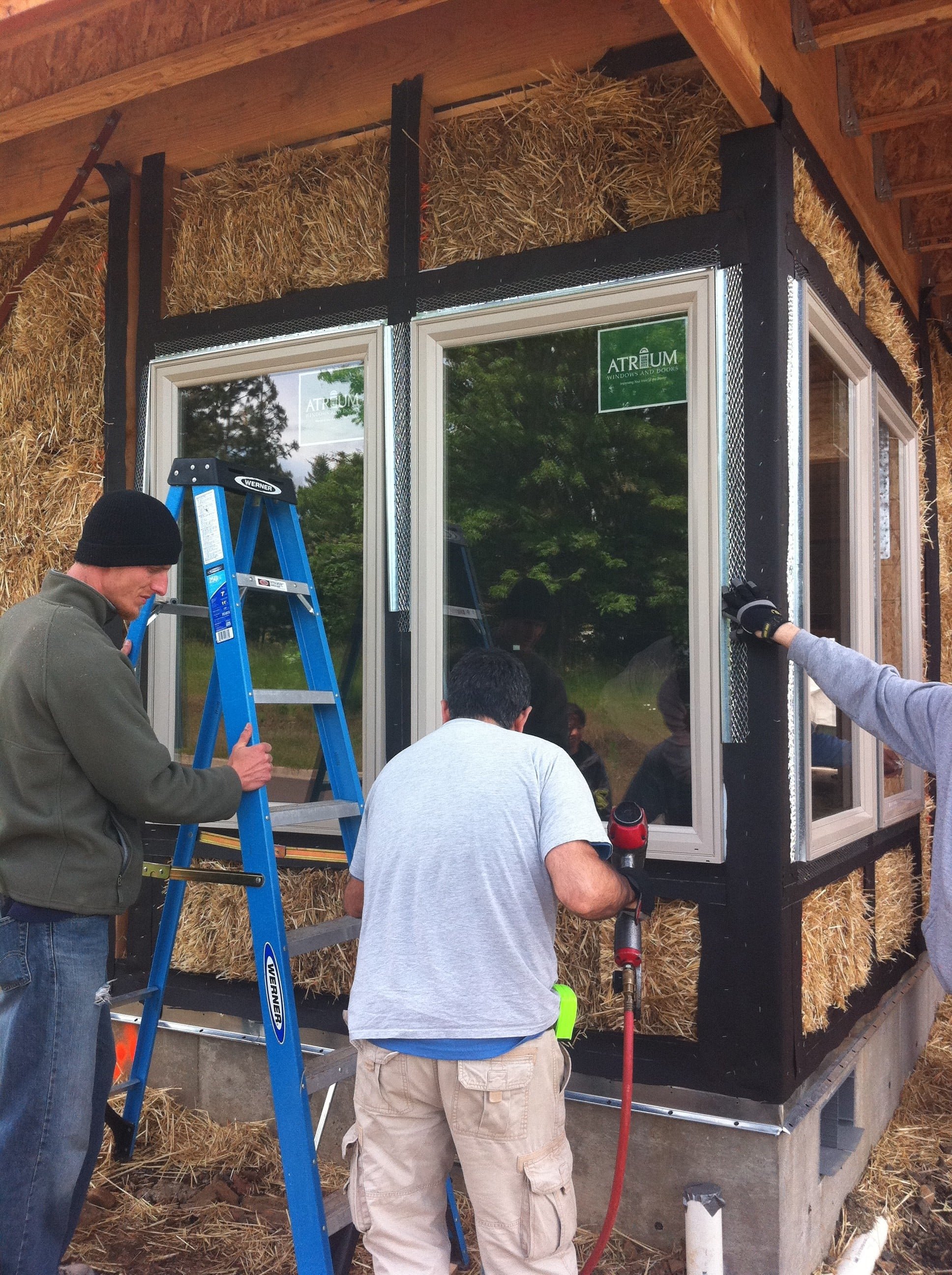
Simplify the Installation of Roofing Felt Behind Your Plaster
I wanted to share a few great tips to simplify the installation of the roofing felt needed on wood that lies behind your plaster. As you know (or may be learning...right now...) you have to cover all wood that will end up behind plaster with roofing felt or an equivalent product.

Wire Ties or Poly Twine Bales?
I'm often asked if using bales that are tied with wire is a bad or good idea. The reality is that there are advantages and disadvantages on both sides of the question. I do have a preference though, and that is for poly twine over wire.

Creating Straight Bale Walls On a Crooked Frame
It was immediately obvious while working on the exposed timber frame that the natural cut timbers would not line up with the plane of the bale wall once complete. What we did worked out really well and created a beautiful and STRAIGHT wall.

Strengthen Your Walls
For me, the extra work of compressing your straw bale walls is more than worth it and the quality of the overall job you will get as a result of this step is measurably better than working with soft or loose walls.
